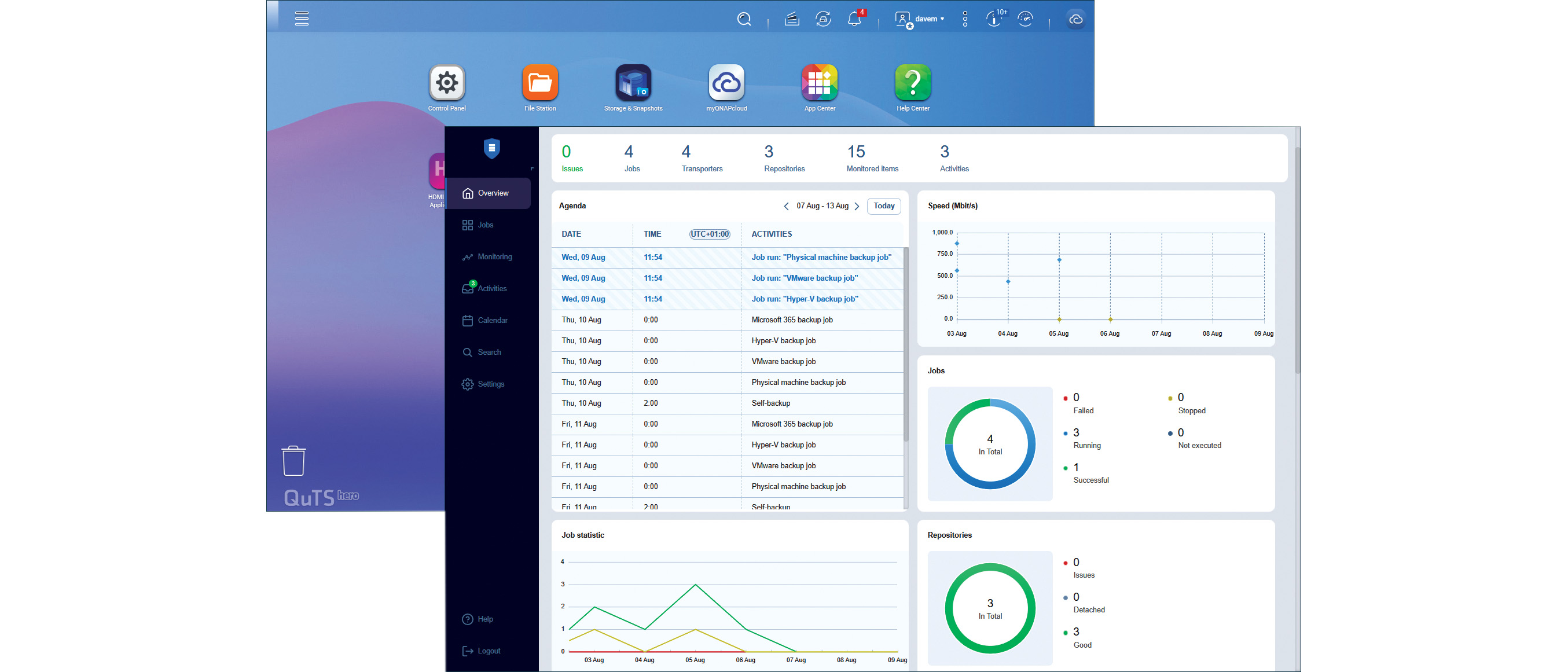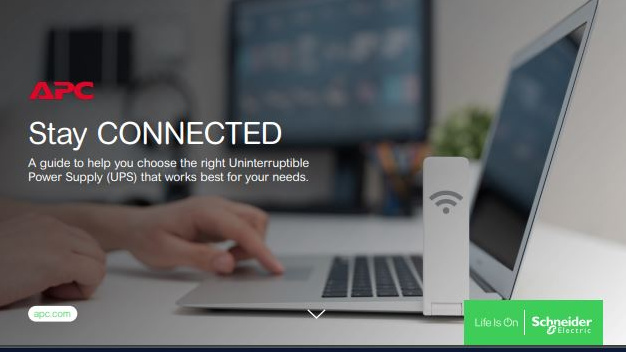Nakivo Backup & Replication 10.9 review: For SMBs that don't want their backup software tied to a Windows Server host
Extensive platform support, good value, and great data protection features make Nakivo a fine choice for SMBs

-
+
Support for other platforms
-
+
Versatile licensing
-
+
Outstanding recovery features
-
-
MS365 licensing is separate

Many backup solutions need a dedicated Windows Server host, but Nakivo's Backup & Replication (NBR) can be deployed to just about any platform you care to name. It will run happily on a Windows host, but also supports Linux, VMware vSphere, Nutanix AHV, AWS EC2, Raspberry Pi, and all the main NAS appliance vendors, including Qnap and Synology.
READ MORE

On review is NBR 10.9, which includes bare metal recovery where you use its new Bootable Media Wizard to restore physical Windows and Linux servers from selected backups. Malware protection is now available, with NBR integrating with a range of third-party antivirus products, and all Microsoft 365 (MS365) components, including Teams, can be protected.
Licensing is equally versatile. Five versions are available, with options for perpetual licenses or per-workload subscriptions. Nakivo cuts through any confusion with a cost calculator on its website. We've shown the price for an Enterprise 10-server perpetual license with a two-year 24/7 support contract here.
Nakivo Backup & Replication 10.9: Setup
For testing, we chose Qnap's TS-855eU-RP short-depth 8-bay rack NAS and used the QuTS Hero App Center to load the NBR package. NBR comprises three service components, with a Director for browser-based management, Transporters to handle backup, replication, and recovery operations, and Repositories for storing backups.
After adding protected systems to NBR's inventory, it pushed the transporter service to our physical Windows servers and workstations; note that Mac clients are still not supported. For Hyper-V, the service just needed loading on our host, while for our VMware vSphere host, we only had to provide its credentials for agentless VM backups.
Our Qnap appliance received a default local repository but this was on its system SSDs, so we created another on a large-capacity RAID5 pool. During creation, you must enter the absolute path, which can be found in an SSH session using the Linux List command. Other possibilities for repositories are local storage, network shares, or cloud stores.
Ransomware protection comes into play with NBR supporting immutable cloud storage from Amazon EC2 and S3, Microsoft Azure Blob, Wasabi, and Backblaze B2. Creating backup jobs is simple as options are based on the systems in your inventory. Just choose those you want to protect, assign a repository, set a schedule, and decide how daily, weekly, monthly, and yearly recovery points you want retained.
Sign up today and you will receive a free copy of our Future Focus 2025 report - the leading guidance on AI, cybersecurity and other IT challenges as per 700+ senior executives

For our Hyper-V host, we chose the VMs to be included, and protecting our VMware vSphere system only required the host to be selected so any new VMs would be automatically added to the schedule. To use malware protection, you declare a "scan server" to NBR, which has the required antivirus software running on it.
RELATED RESOURCE

A guide to help you choose the UPS battery backup for your needs
Discover how UPSs protect equipment from damaging power irregularities
DOWNLOAD NOW
MS365 licensing is separate, with ten users costing £252 per year, and it requires a special SaaS repository to store backups, which we found isn't currently supported by QuTS Hero 5.1. Nakivo's attentive support suggested creating an iSCSI target on the appliance and mapping it to a Windows system running the transporter service – hardly elegant, but it does work.
Recovery features are outstanding. Along with files and folders, granular restores can be used for MS365 items, SQL databases, and on-premises Exchange objects. Disaster recovery is just as good, with Flash Boot jobs creating new VMs directly from the backup repository and facilities for replicating VMs as clones.
SMBs that don't want their backup software tied to a Windows Server host will love Nakivo's Backup & Replication 10.9 as they can run it on almost any hardware platform and OS they want. It's good value, MS365 protection is handled well and it provides extensive data recovery services.
This content originally appeared on ITPro's sibling magazine PC Pro. For more information and to subscribe, please visit PC Pro's subscription site.
Dave is an IT consultant and freelance journalist specialising in hands-on reviews of computer networking products covering all market sectors from small businesses to enterprises. Founder of Binary Testing Ltd – the UK’s premier independent network testing laboratory - Dave has over 45 years of experience in the IT industry.
Dave has produced many thousands of in-depth business networking product reviews from his lab which have been reproduced globally. Writing for ITPro and its sister title, PC Pro, he covers all areas of business IT infrastructure, including servers, storage, network security, data protection, cloud, infrastructure and services.
-
 Trump's AI executive order could leave US in a 'regulatory vacuum'
Trump's AI executive order could leave US in a 'regulatory vacuum'News Citing a "patchwork of 50 different regulatory regimes" and "ideological bias", President Trump wants rules to be set at a federal level
By Emma Woollacott Published
-
 Microsoft Excel is still alive and kicking at 40 – and it's surging in popularity as 82% of finance professionals report ‘emotional attachment’ to the spreadsheet software
Microsoft Excel is still alive and kicking at 40 – and it's surging in popularity as 82% of finance professionals report ‘emotional attachment’ to the spreadsheet softwareNews A recent survey found Gen Z and Millennial finance professionals have a strong “emotional attachment” to Microsoft Excel
By Emma Woollacott Published
-
 LastPass hit with ICO fine after 2022 data breach exposed 1.6 million users – here’s how the incident unfolded
LastPass hit with ICO fine after 2022 data breach exposed 1.6 million users – here’s how the incident unfoldedNews The impact of the LastPass breach was felt by customers as late as December 2024
By Emma Woollacott Published
